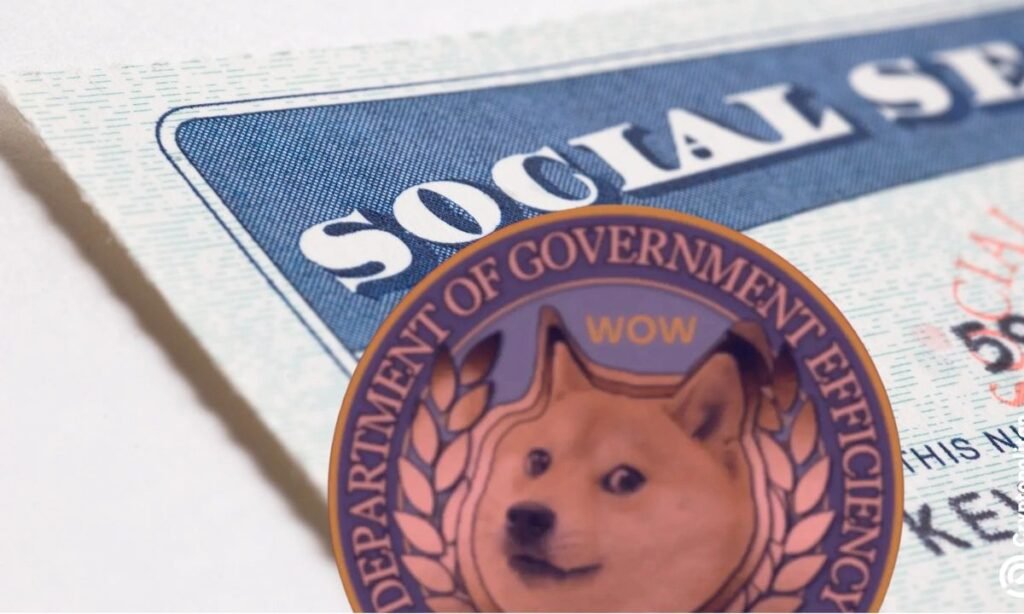Speculation is swirling among American taxpayers about the possibility of receiving a $5,000 stimulus check funded by the Department of Government Efficiency (DOGE). Led by Elon Musk, DOGE has reportedly saved the federal government an impressive $55 billion through aggressive cost-cutting measures. As these savings made headlines, excitement grew on platforms like X (formerly Twitter) and TikTok, with many wondering if a portion of those funds could soon land in their bank accounts.
How DOGE’s Cost-Cutting Efforts Sparked Hope for Direct Payments
The idea of a stimulus check gained serious momentum when James Fishback, CEO of Azoria Investment Firm, suggested that 20% of DOGE’s savings should be returned to American taxpayers. According to his calculations, this would amount to around $5,000 per household. The suggestion quickly went viral, amplified by a TikTok video that estimated payouts could even reach $8,000, generating millions of views and adding fuel to the public’s hope for financial relief.
Understanding DOGE’s Mission and Its Massive Financial Impact
The Department of Government Efficiency was created to overhaul federal spending, slashing waste and optimizing operations. Since its inception, DOGE has cut programs, reduced staffing, and canceled expensive contracts across several major federal agencies. Agencies like the Department of Education, the Centers for Disease Control and Prevention (CDC), and the Consumer Financial Protection Bureau (CFPB) faced significant budget reductions. While some view these cuts as long overdue, others fear that trimming critical services could have lasting negative effects.
Is the Dream of a DOGE Stimulus Check Realistic or Just Wishful Thinking?

Despite the buzz, there is currently no official plan to issue DOGE-funded stimulus checks. Elon Musk’s cryptic comment about “checking with the President” has not resulted in any confirmed actions. In fact, government officials remain largely silent on the matter. Without strong political backing or legislative action, the prospect of a DOGE-backed payout remains a distant hope rather than an imminent reality for most Americans.
Why a DOGE-Backed Stimulus Payment Faces Serious Hurdles
Several significant barriers stand in the way of a DOGE stimulus check becoming reality. Primarily, the government’s priority appears to be using the savings for debt reduction and long-term tax reform rather than issuing immediate payouts. Economic experts also warn that distributing billions directly to the public could worsen inflation, which remains a persistent concern. Furthermore, there is no historical precedent for returning federal budget savings directly to taxpayers.
Lessons from Recent Federal Stimulus Initiatives
Although a DOGE stimulus check has yet to materialize, some Americans did receive stimulus payments in 2025 under separate initiatives. The IRS distributed payments of up to $1,400 to individuals who missed out on previous pandemic-related relief. These payments, unrelated to DOGE, highlight that while new relief programs do occasionally emerge, they typically require significant legislative support and are tightly targeted rather than broad-based windfalls.
Public Sentiment, Between Excitement and Skepticism
Public reaction to the idea of a DOGE-backed stimulus payment has been mixed. On one side, millions of Americans are eager for financial relief and view DOGE’s savings as a rightful return of their taxpayer dollars. On the other, economists and financial experts caution against unrealistic expectations. Many argue that without a pressing national emergency, such payouts are unlikely to be approved and could even be economically damaging in the current environment.
What American Taxpayers Should Expect from DOGE’s Success
As of now, Americans should temper their expectations regarding a DOGE-funded stimulus check. The federal government appears more inclined to allocate DOGE’s savings toward stabilizing national finances rather than issuing direct payments. Taxpayers should remain vigilant, stay informed about possible policy changes, and focus on taking advantage of existing relief programs where available. While the idea of a $5,000 check is certainly appealing, reality suggests patience and practicality are wiser strategies for the near future.

